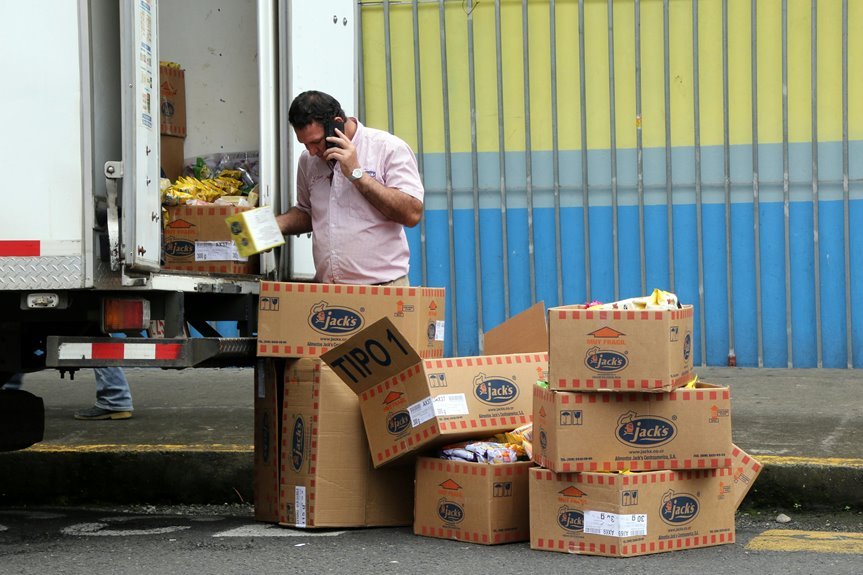120866055 Dropped Call Frequency Distribution

The analysis of the dropped call frequency distribution for identifier 120866055 reveals critical insights into network performance. Identifying patterns related to call failures can pinpoint periods of congestion and signal inadequacy. Understanding these trends is essential for stakeholders aiming to enhance user experience. However, the implications of this data extend beyond mere observation. The need for targeted improvements raises questions about the underlying causes and potential solutions.
Understanding Dropped Call Frequency
How does the frequency of dropped calls impact user experience and network reliability?
Frequent dropped calls diminish call quality, leading to frustration and dissatisfaction among users. This disruption can be attributed to various dropped call causes, such as network congestion or inadequate signal strength.
Ultimately, a high frequency of dropped calls undermines user trust and hampers the perceived reliability of communication networks.
Factors Contributing to Dropped Calls
Several factors contribute to the prevalence of dropped calls, significantly affecting communication quality.
Network congestion often results in insufficient bandwidth, leading to interruptions during calls.
Additionally, inadequate signal strength can hinder connections, causing disconnections as users move through areas of varying coverage.
Understanding these factors is crucial for improving telecommunications infrastructure and enhancing user experience, offering individuals greater freedom in their communications.
Analyzing the Data Trends
Data trends regarding dropped call frequency reveal significant patterns that can inform improvements in telecommunications systems.
Through data visualization techniques, analysts can effectively illustrate fluctuations and anomalies in call drop rates.
Trend analysis further uncovers underlying issues contributing to these disruptions, facilitating targeted interventions.
Understanding these trends empowers stakeholders, fostering a more reliable communication environment that aligns with users’ desires for uninterrupted connectivity.
Implications for Network Improvement
Analyzing the trends in dropped call frequency not only highlights existing issues but also paves the way for targeted network improvements.
By focusing on network optimization, providers can enhance user experience significantly. Identifying peak failure times and locations allows for strategic resource allocation, ensuring reliable service.
Ultimately, these enhancements foster user satisfaction and promote a sense of freedom in communication, vital for modern connectivity.
Conclusion
In the realm of telecommunications, dropped calls serve as echoes of a faltering connection—much like a bridge strained under heavy traffic. Analyzing the frequency distribution of identifier 120866055 reveals not only the vulnerabilities of the network but also the urgent need for reinforcement. By addressing these patterns, stakeholders can fortify the infrastructure, ensuring a seamless journey for users. Ultimately, this endeavor fosters trust, transforming a once-fractured communication landscape into a robust, reliable conduit for connection.




